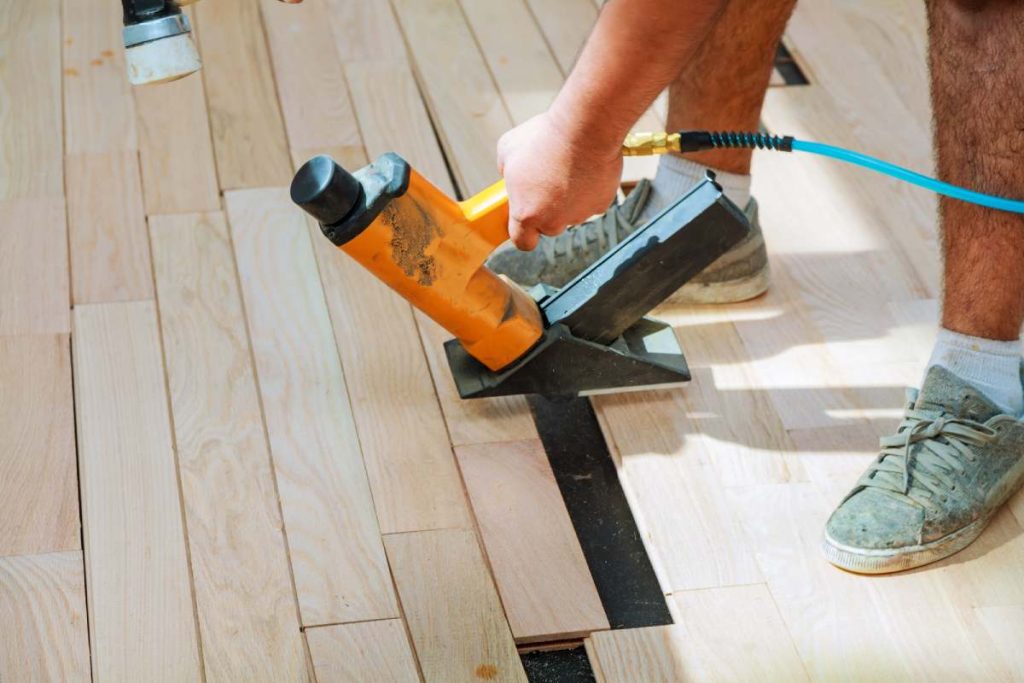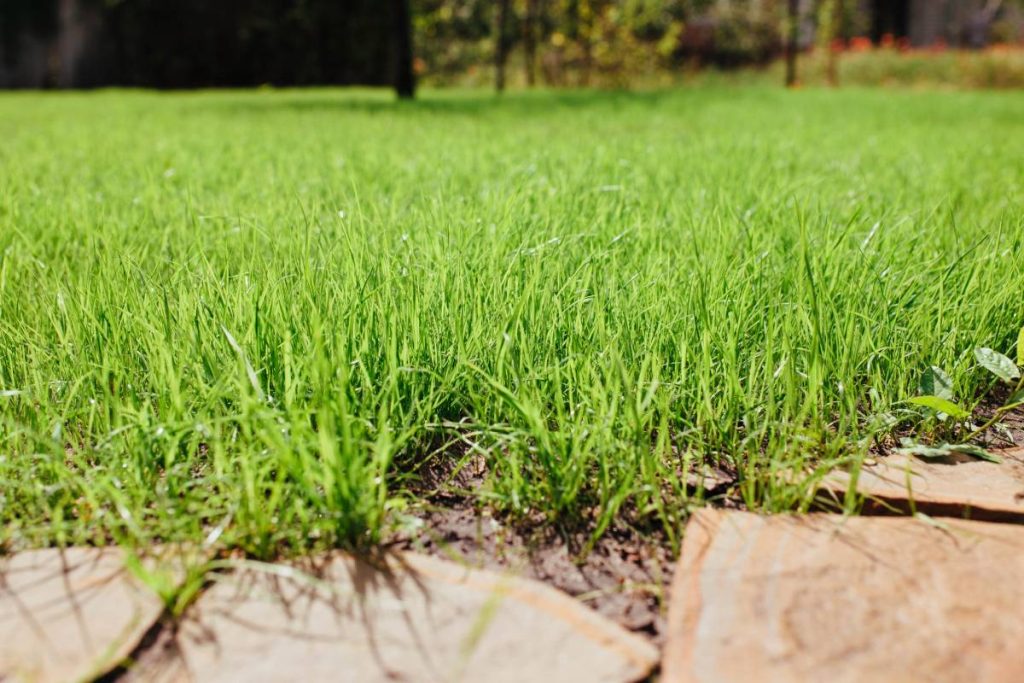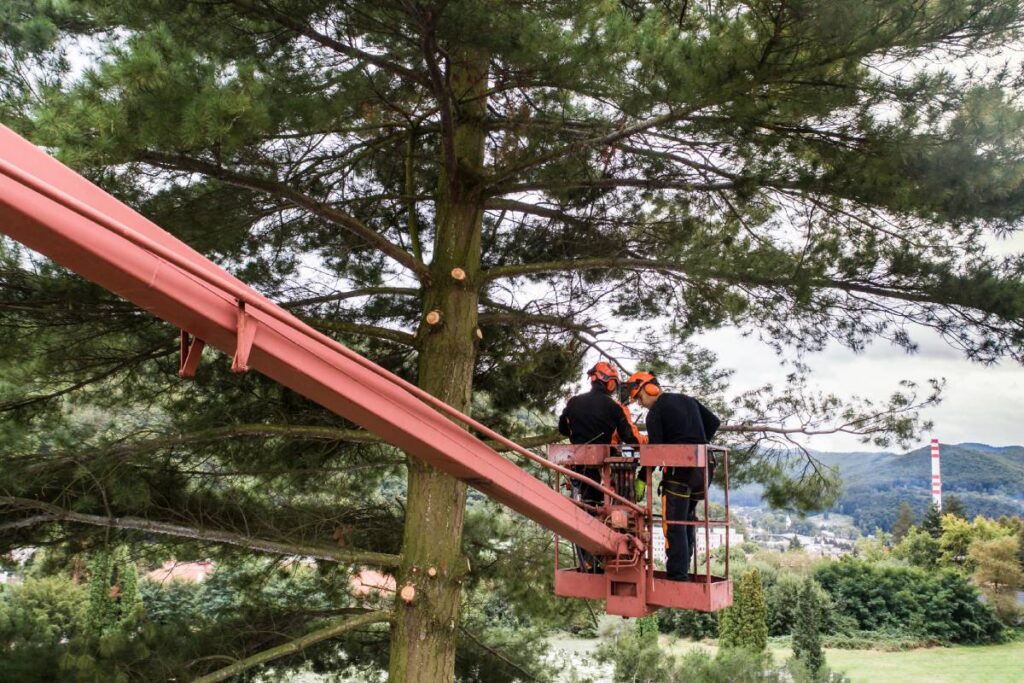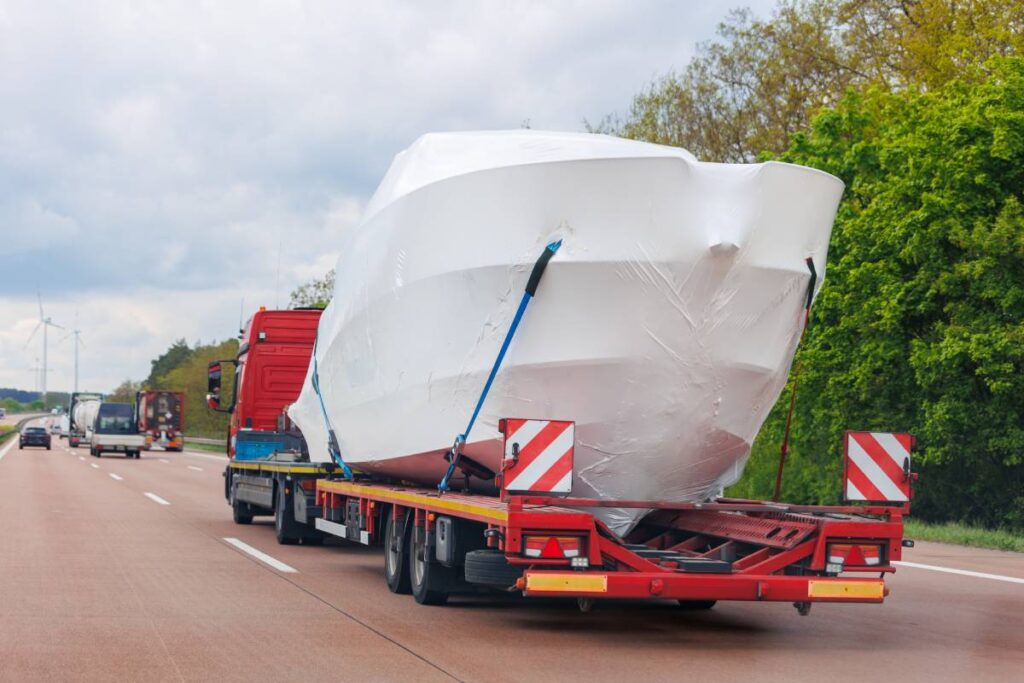Why Does My Wood Floor Feel Hollow? Can I Fix the Hollow Spot in the Wood Floor Myself? How Much Does It Cost to Fix a Hollow Spot in My Wood Floor?

If you’ve noticed that your wood floor feels hollow, you’re not alone. It’s a common issue, and there are several reasons why this might be happening. Let’s break it down into simple terms to help you understand what might be going on with your floor.
What Does It Mean When Your Floor Feels Hollow?
When you walk on a wood floor and it feels like there’s a gap or an empty space underneath, it’s described as feeling “hollow.” This sensation can be surprising or even alarming, especially if you’re used to your floor feeling solid and sturdy.
Common Causes of a Hollow Wood Floor
Here are some of the most common reasons why your wood floor might feel hollow:
- Subfloor Problems: The most frequent cause of a hollow feeling is issues with the subfloor. The subfloor is the layer of wood or plywood beneath your main floorboards. If the subfloor is not properly secured or has become damaged, it can cause the top layer of wood to feel hollow. This can happen if the screws or nails that hold the subfloor in place have become loose, or if there are gaps or weak spots in the subfloor itself.
- Improper Installation: If the wood floor was not installed correctly, you might experience a hollow feeling. Proper installation requires careful attention to the level of the subfloor and the correct spacing of the floorboards. If the installation was rushed or done poorly, it could lead to gaps or unevenness that makes the floor feel hollow.
- Moisture Issues: Wood is sensitive to moisture. If there’s too much moisture under the floor or in the subfloor, it can cause the wood to expand or warp. If your floorboard is not waterproofing, over time, this can create empty spaces or gaps that make the floor feel hollow. Moisture can come from leaks, spills, or high humidity levels.
- Settling of the House: Houses settle over time, and this settling can affect the floors. If your house has settled unevenly, it might cause the subfloor or floorboards to shift, leading to a hollow sensation underfoot. This is often a gradual process and might be more noticeable in older homes.
- Damage to the Floorboards: Sometimes, the issue might be with the floorboards themselves. If they are cracked or have become loose, they might not sit evenly on the subfloor. This can create a hollow feeling when you walk on the floor.
What Can You Do About It?
If you’re experiencing a hollow feeling in your wood floor, it’s a good idea to investigate the cause and address it. Here are some steps you can take:
- Inspect the Floor: Look for any visible signs of damage, such as loose boards or gaps. Check if the floor feels different in certain areas or if there are any signs of moisture damage.
- Check for Moisture: Use a moisture meter to check for excess moisture in the wood or the subfloor. If you find high moisture levels, you’ll need to address the source of the moisture and allow the floor to dry out.
- Consult a Professional: If you’re unsure about the cause of the hollow feeling or how to fix it, it’s best to consult a flooring professional. They can assess the situation and recommend the best course of action, whether it’s repairing the subfloor, adjusting the floorboards, or addressing moisture issues.

Can I Fix the Hollow Spot in the Wood Floor Myself?
If you have a hollow spot in your wood floor, you might be wondering if it’s something you can fix yourself or if you need to call a professional. The good news is that in many cases, you can handle the repair on your own with a bit of time and the right tools.
Let’s walk through how you might fix a hollow spot in your wood floor and when you might need to get professional help.
Steps to Fix a Hollow Spot in Your Wood Floor Yourself
Here’s a simple guide to help you address a hollow spot in your wood floor:
1. Identify the Cause of the Hollow Spot
Before you start fixing the problem, you need to understand why there’s a hollow spot. Common causes include:
- Loose Subfloor: The subfloor might not be securely attached.
- Moisture Damage: Excess moisture can cause wood to swell or warp.
- Settling Foundation: The house might have settled unevenly.
- Improper Installation: The floorboards or subfloor might have been installed incorrectly.
Check for these issues by inspecting the floor and subfloor for damage or moisture. If you’re unsure about the cause, you might want to consult a professional for a quick assessment.
2. Tighten the Subfloor
If you suspect that loose subflooring is the issue, you can often fix this yourself. Here’s how:
- Locate the Hollow Spot: Find the exact area where the floor feels hollow.
- Drill Pilot Holes: Use a drill to make small pilot holes in the hollow area. These should be in the centre of the hollow spot and spaced a few inches apart.
- Secure the Subfloor: Insert screws into the pilot holes to attach the subfloor to the floor joists beneath. Be careful not to drive the screws too deep, as you don’t want to damage the top layer of the floor.
Tools Needed:
- Drill
- Screws
- Screwdriver
- Tape measure
3. Address Moisture Issues
If moisture is the problem, you’ll need to resolve it before repairing the floor:
- Identify the Source: Check for leaks, spills, or high humidity.
- Fix the Source: Repair any leaks or address moisture problems.
- Allow to Dry: Let the floor and subfloor dry out completely.
Once dry, you can proceed with any further repairs needed.
Tools Needed:
- Moisture meter (optional, but helpful for measuring moisture levels)
- Dehumidifier or fans (to help with drying)
4. Fixing Minor Floorboard Issues
If the problem is minor and involves only a few loose floorboards, you can:
- Re-secure the Boards: Use a nail set and finish nails to reattach loose boards.
- Fill Gaps: For small gaps, you can use wood filler, foam insulation or caulk to fill in the spaces.
Tools Needed:
- Hammer or nail gun
- Finish nails
- Wood filler or caulk
- Putty knife
5. Check for Larger Issues
If your repairs don’t solve the problem, there might be larger issues at play:
- Subfloor Damage: If the subfloor itself is damaged, you might need to replace it.
- Foundation Issues: If your house is settling unevenly, you might need a professional to assess and fix the foundation.
Tools Needed:
- Basic toolkit
- Possibly a professional’s assistance for more advanced issues
When to Call a Professional
While many issues can be fixed with a bit of DIY effort, there are times when a professional is the better choice:
- Structural Problems: If you find significant damage to the subfloor or the floor joists, it’s best to call a contractor.
- Extensive Moisture Damage: If there’s extensive water damage, a professional can assess and repair it more thoroughly.
- Foundation Issues: If you suspect that the foundation is the cause, a structural engineer or foundation specialist is needed.

How Much Does It Cost to Fix a Hollow Spot in My Wood Floor?
The price can vary depending on several factors, including the cause of the problem, the extent of the damage, and whether you handle the repairs yourself or hire a professional.
Here’s a detailed breakdown of what you can expect in terms of costs for fixing a hollow spot in your wood floor.
1. DIY Repairs
If you’re comfortable handling the repair work yourself, you can save money on labour costs. Here are the typical expenses for DIY repairs:
- Screws and Nails: $5 – $15
- Wood Filler or Caulk: $5 – $10
- Moisture Meter: $20 – $50 (optional but useful)
- Drill and Tools: $0 – $100 (if you don’t already own these tools)
- Dehumidifier or Fans: $30 – $150 (if needed for drying)
Estimated Total Cost for DIY Repairs: $10 – $200
Tip: If you already have the necessary tools, your cost will be on the lower end of this range. For minor repairs, you might only spend $10 – $30.
2. Professional Repairs
If you decide to hire a professional, the cost will include both labour and materials. Here’s what you can expect:
- Subfloor Repair: $300 – $500
- This includes inspecting, tightening, or replacing the subfloor if it’s damaged.
- Moisture Inspection and Repair: $200 – $500
- Professionals will inspect for moisture issues, repair leaks, and address any water damage.
- Floorboard Repair: $100 – $300
- Costs will vary depending on whether you need to refasten boards, replace damaged ones, or fill gaps.
- Foundation Inspection and Repair: $500 – $5,000+
- If the hollow spot is due to foundation problems, costs can be significantly higher.
Estimated Total Cost for Professional Repairs: $300 – $5,000+
Tip: For minor issues, you might pay on the lower end of this range, but for major repairs or foundation work, costs can increase significantly.
Breakdown of Professional Repair Costs
| Service | Cost Range |
|---|---|
| Subfloor Repair | $300 – $500 |
| Moisture Inspection/Repair | $200 – $500 |
| Floorboard Repair | $100 – $300 |
| Foundation Repair | $500 – $5,000+ |
Factors Affecting the Cost of Repairs
Several factors can affect the total cost of fixing a hollow spot in your wood floor:
- Extent of Damage: More extensive damage to the subfloor or floorboards will increase costs.
- Cause of the Problem: If moisture or foundation issues are involved, repairs will be more complex and expensive.
- Location: Repair costs can vary based on your geographic location and local labour rates.
- Materials Used: Higher-quality materials or specialized products will increase costs.
- Professional vs. DIY: Hiring a professional includes labour costs, while DIY repairs only involve material and tool costs.
When to Consider Professional Help
You might want to call a professional if:
- The problem is widespread or severe.
- You’re unsure about the cause of the hollow spot.
- There are signs of significant moisture damage or foundation issues.
- You prefer a guaranteed solution with a warranty.
When DIY Repairs Are Sufficient
DIY repairs might be enough if:
- The hollow spot is small and localized.
- You can easily identify and fix a loose subfloor.
- There’s no significant moisture damage or structural concerns.
Summary
Here’s a quick reference for the costs associated with fixing a hollow spot in your wood floor:
| Repair Type | DIY Cost Range | Professional Cost Range |
|---|---|---|
| Subfloor Repair | $5 – $100 | $300 – $500 |
| Moisture Issues | $5 – $150 | $200 – $500 |
| Floorboard Repair | $5 – $30 | $100 – $300 |
| Foundation Repair | $0 – $0 | $500 – $5,000+ |
Tips for Managing Costs
- Get Multiple Quotes: If you’re hiring a professional, get quotes from several contractors.
- Check for Warranties: Look for warranties or guarantees on the work performed.
- Do Some of the Work Yourself: You might save money by handling minor tasks like cleaning or simple repairs.
With this information, you should be able to approach the repair of your wood floor with confidence, whether you’re doing it yourself or hiring a professional!
Recent Posts
Recent Comments

How to Get Rid of Ants in Your Lawn: A Complete Guide

Couch Grass vs. Kikuyu: Effectively Managing Growth in Sydney

What Do Gardeners Do? How to Earn a Decent Income as a Gardener

Why Does My Wood Floor Feel Hollow? Can I Fix the Hollow Spot in the Wood Floor Myself? How Much Does It Cost to Fix a Hollow Spot in My Wood Floor?

What Are Tree Reductions? What Are the Benefits of Tree Reduction?

Can You Transport Your Yacht Interstate Yourself?

How to Get Rid of Ants in Your Lawn: A Complete Guide


